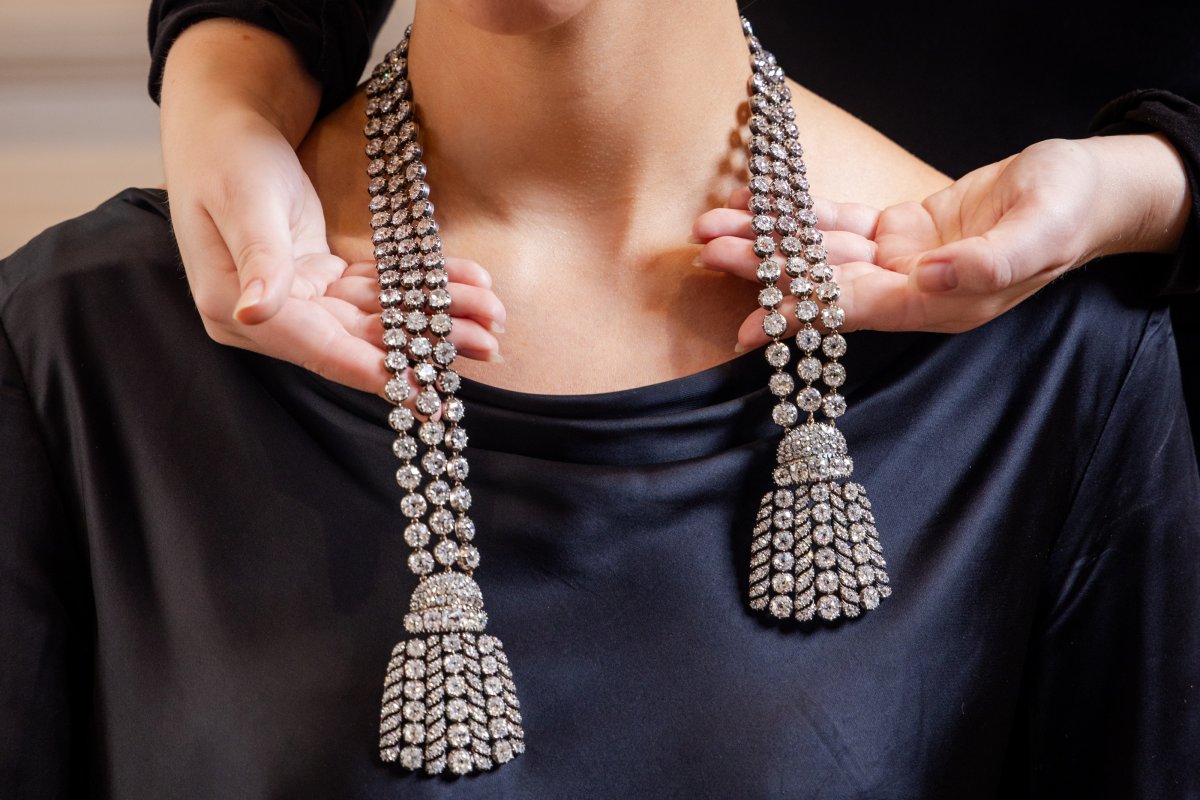
Sotheby’s announced this week that they’ll soon be auctioning off a remarkable diamond necklace from the Georgian period–and they’ve hinted that there are possible connections to the doomed French queen, Marie Antoinette, and the famous Affair of the Diamond Necklace.
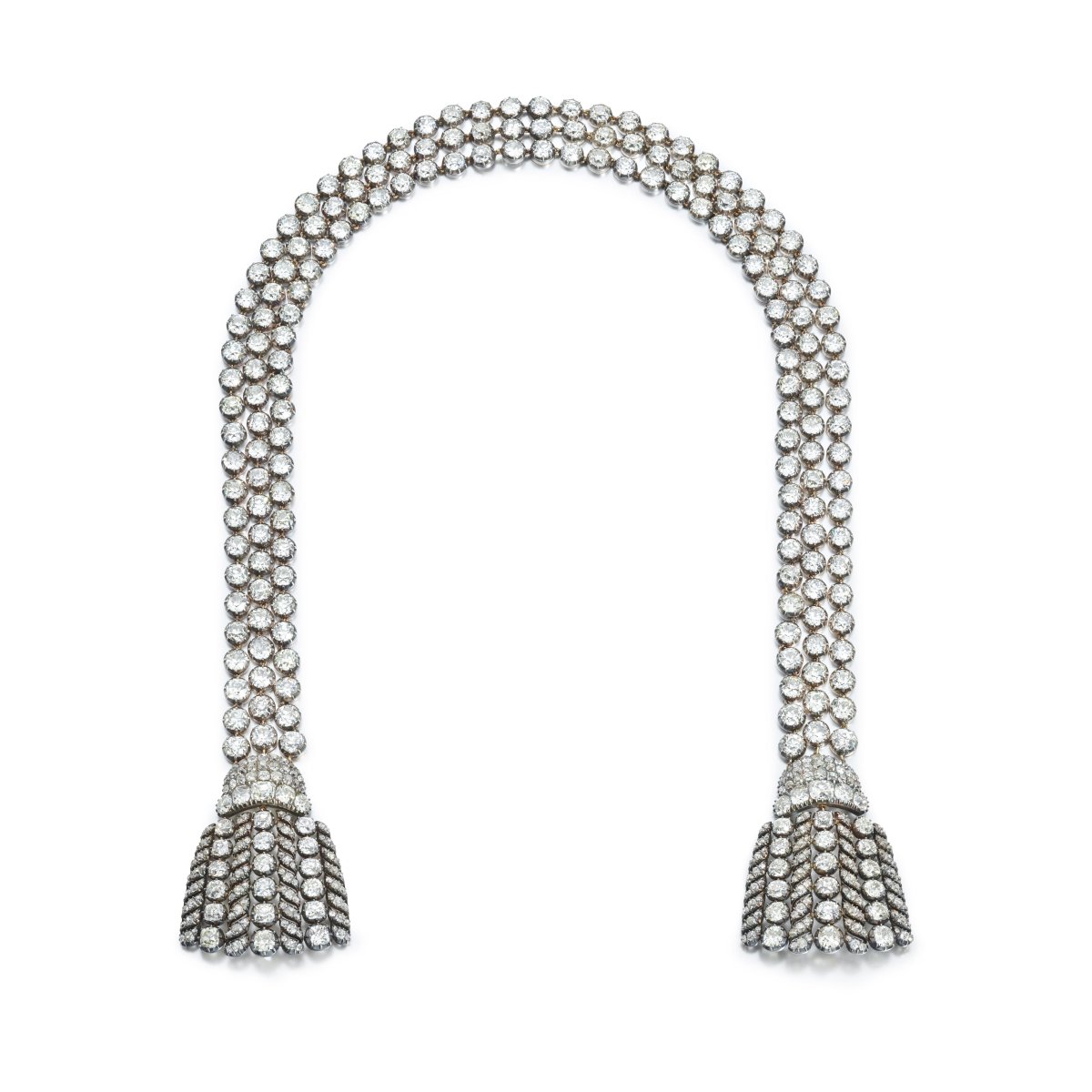
On Monday, Sotheby’s sent out a press release announcing that they will be offering a magnificent 18th-century diamond necklace for sale in an auction in Geneva on November 11. “Today, Sotheby’s has unveiled an extraordinary piece of jewellery history emerging miraculously intact from an important private Asian collection: a rare and highly important 18th century diamond jewel weighing approximately 300 carats,” they revealed, “making its first public appearance in fifty years. This spectacular antique jewel is an incredible survivor of history and its debut at auction is a once in a lifetime event.” They date the creation of the diamond necklace, which drapes around the wearer’s neck and culminates in a pair of diamond tassels, to the decade before the French Revolution of 1789.
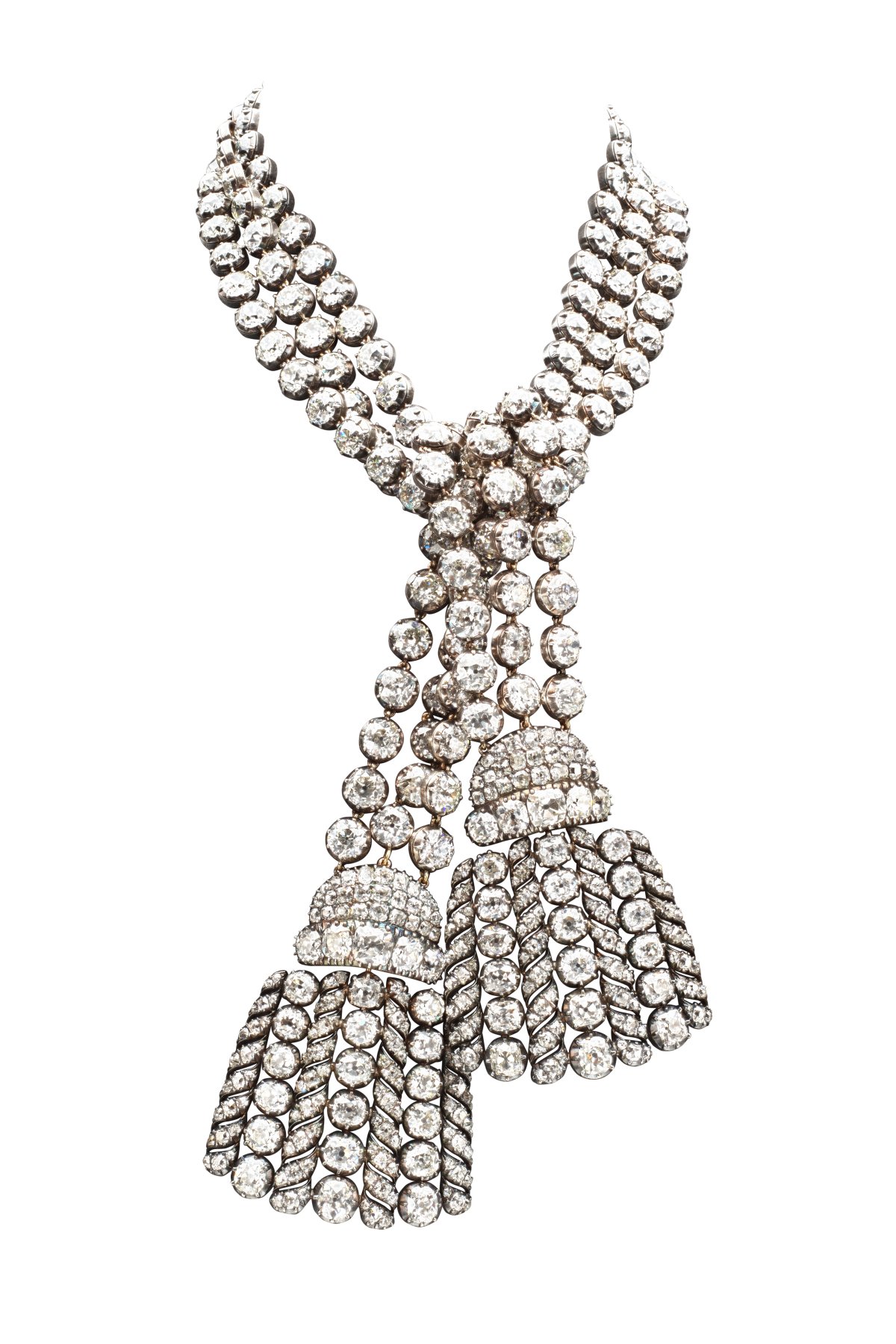
The press materials provide a detailed description of the unique necklace: “This late 18th century jewel, weighing approximately 300-carat, is a technically stunning piece of jewellery composed of three rows of diamonds finished with a diamond tassel at each end. Jewels of this era were characterised by their opulence and versatility of use: one piece could be worn as a necklace or sewn onto a piece of clothing as an ornament. In this case the jewel–also referred to as ‘négligé’–can be worn around the neck with the tassels hanging or tied in a simple knot.” Above, a photograph provided by the auction house demonstrates the knotted setting of the piece.
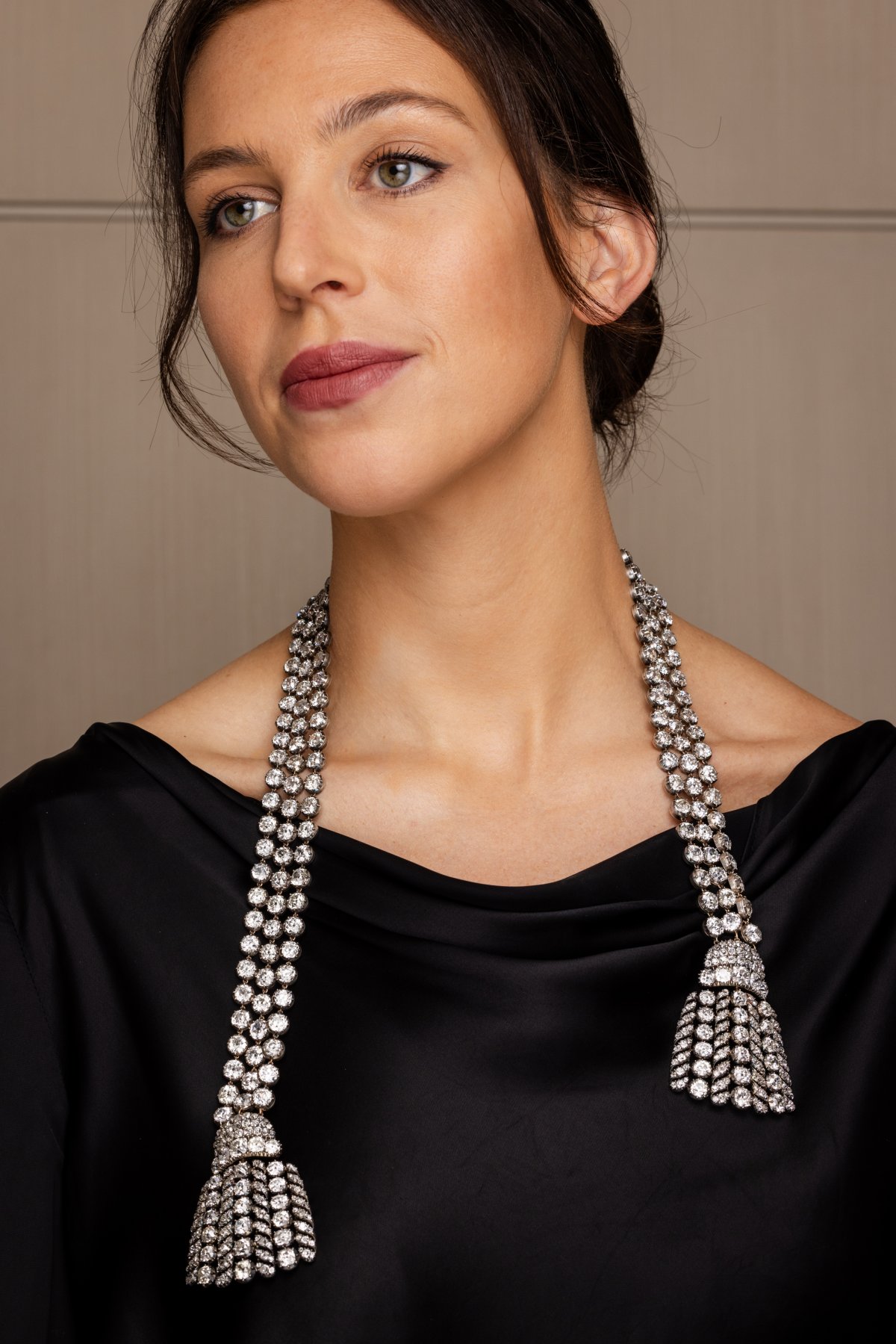
The diamonds set in the necklace are all stones that would have been available to a prominent jeweler in 18th-century France. “All diamonds in the jewel are in an old mine brilliant cut, weighing between one and one and half carats each,” the press release explains. “They are likely to have been sourced from the legendary Golconda mines in India. Golconda diamonds were the first in the world to be discovered in the 4th century BC and although the mines became extinct nearly 200 years ago, Golconda diamonds are still considered to this day as the purest and most dazzling diamonds ever mined.”
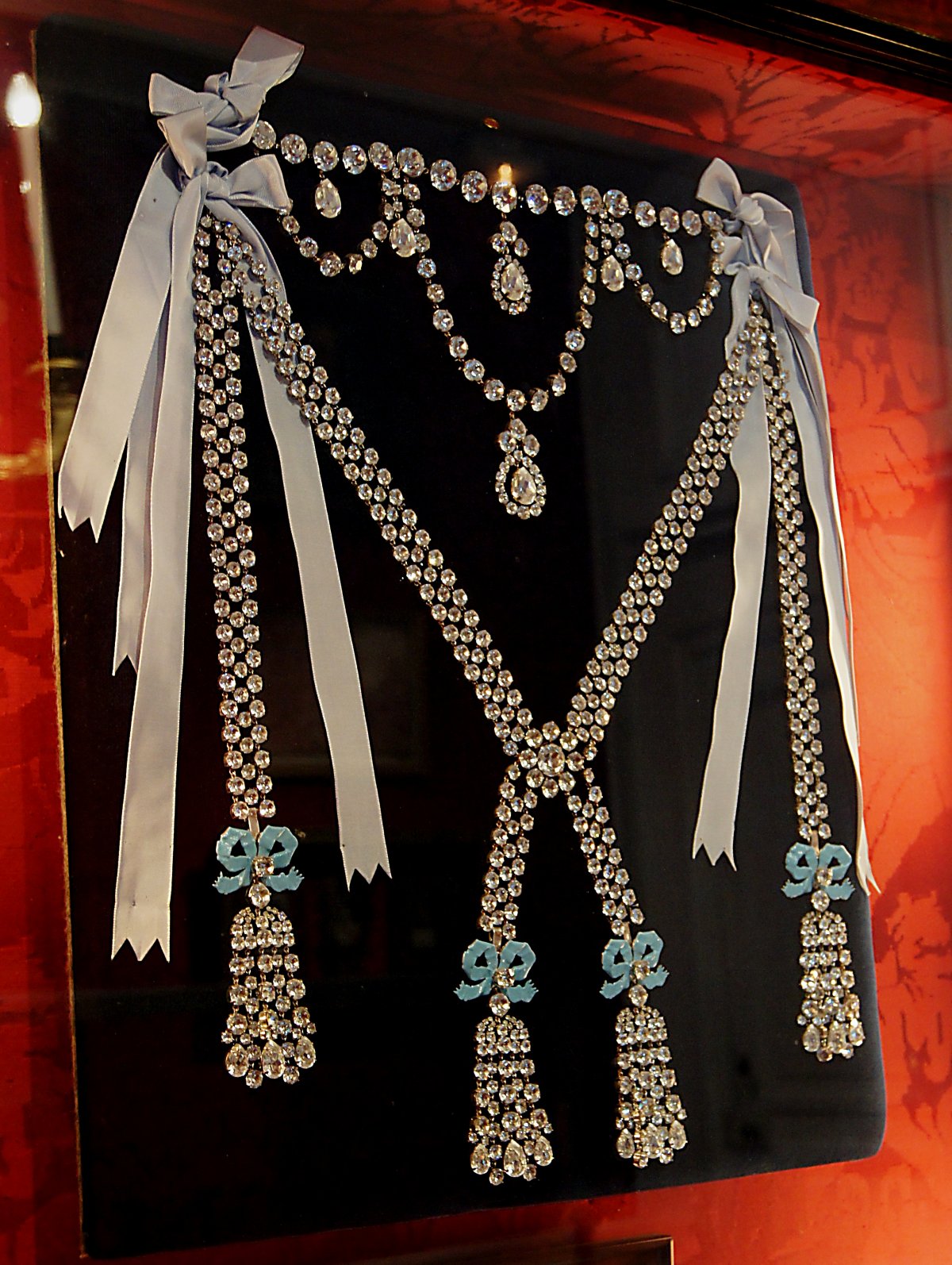
Those who know their diamond necklace history may already have clocked visual similarities between the necklace being auctioned by Sotheby’s and another very famous necklace made during the same period: the necklace, made in the 1770s, that caused a scandal at the French royal court. A reproduction of that famed necklace is pictured above. Sotheby’s offers a muted connection between the two pieces: “It is thought that some of the diamonds featured in this jewel may have come from the famous necklace linked to what became the scandal of the ‘Affair of the Necklace’ which contributed to the advent of the French revolution and eventually Marie-Antoinette’s death.”

What’s the deal with that famous diamond necklace, and how was it linked to Marie Antoinette? The answer is that the necklace wasn’t ever actually owned by the French queen. It was made by the Parisian jewelry firm of Boehmer & Bassenge in the 1770s, on commission from King Louis XV, as a gift for his mistress, the Comtesse du Barry. The necklace was extremely expensive to make, but the jewelers were not able to secure payment from the monarch. Louis XV died while the jewelers were still working on the piece, and Madame du Barry was banished from court.
Boehmer and Bassenge were stuck with the necklace, which was so grand that only someone with the wealth of a king could afford to buy it from them. They convinced the new monarch, King Louis XVI, to offer it to his wife, Queen Marie Antoinette, as a present. But she didn’t want it. Scrambling to recoup the enormous investment that they’d made in the piece, the jewelers recruited another courtier, Jeanne de Valois-Saint-Rémy, to help them sell the jewel to the Queen. When she failed, Jeanne apparently resolved to find a way to acquire the necklace herself and sell the diamonds to pad her own pockets. She used her lover, Cardinal de Rohan, who was seeking to enhance his own position at court, as a dupe to try to get Marie Antoinette to buy the jewel. She had letters forged from the Queen to the Cardinal, in which “Marie Antoinette” told him that she wanted him to act as a secret intermediary to purchase the necklace for her.
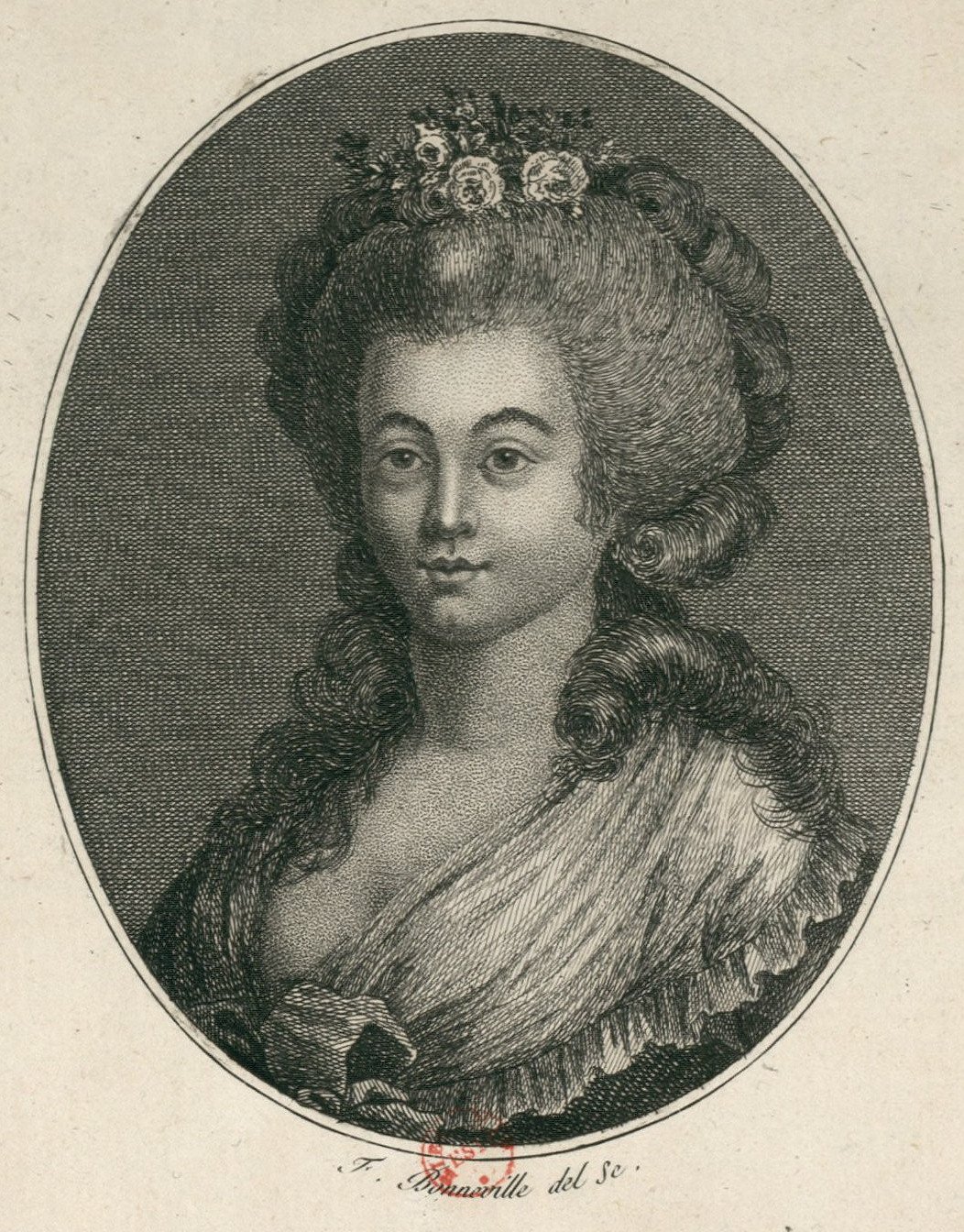
The Cardinal dutifully negotiated the purchase of the necklace and delivered it to Jeanne, believing that it would be passed on to Marie Antoinette. It wasn’t. The necklace disappeared, and the diamonds were apparently sold on the black market. Boehmer and Bassenge fully believed that they had really sold the necklace to the Queen, but when they spoke to Marie Antoinette about the matter, she was completely in the dark about the entire affair. No one had been paid, and the necklace was gone.
A public scandal ensued. Both Jeanne and Rohan were arrested. A subsequent trial exonerated him, but Jeanne was convicted for her part in the affair, as was the forger who had helped her with the fake correspondence. Though Marie Antoinette herself was never implicated in the matter, many people in France continued to believe that she had indeed been involved. Her public image and popularity took a huge hit, and her reputation never recovered.

So, why exactly do the sellers of this necklace and the experts at Sotheby’s believe that it may include diamonds that were once part of that infamous French jewel? In their press materials, Sotheby’s writes, “This rare and highly important diamond jewel was likely created in the decade preceding the French Revolution. Though its precise origin story is not recorded, such an important and historic antique jewel could only have been created for royalty or a high-ranking aristocrat at one of the glittering courts of the ancient régime–most [likely] the French or English court.”
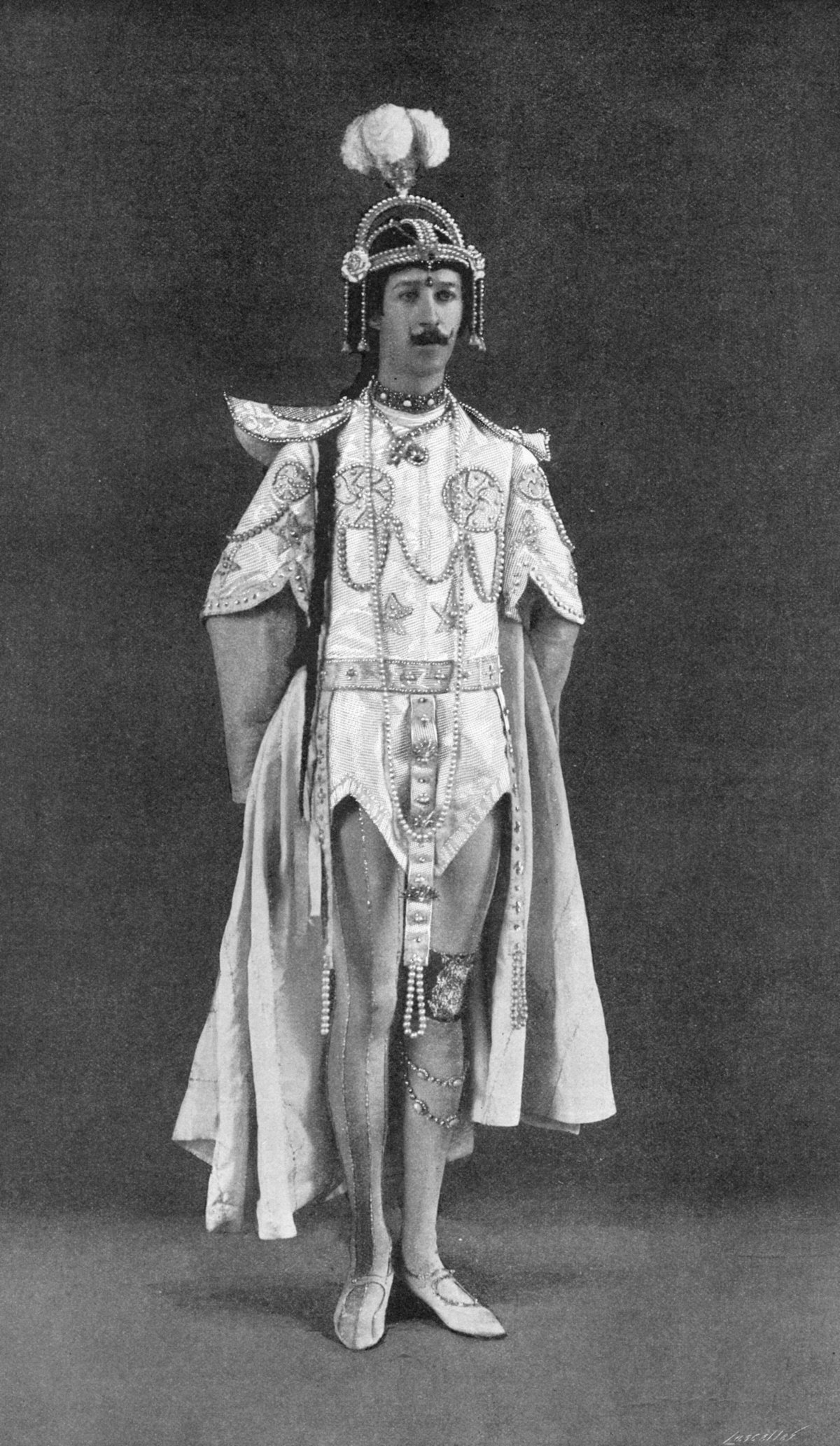
We do know that the necklace was indeed worn at the British royal court more than a century after its initial creation. At some point, the necklace was acquired by the Paget family, courtiers who held the title of Marquess of Anglesey. The title was created for Henry Paget, Wellington’s second-in-command at Waterloo, after that great victory in 1815. Perhaps the most famous of the marquesses, though, was Henry Cyril Paget, the 5th Marquess of Anglesey. The great-grandson of the famed military 1st Marquess, Henry Cyril was a theatrical and flamboyant man who loved wearing costumes and expensive jewelry. His lifestyle was so extravagant that he went bankrupt in 1904, just six years after inheriting the title and the wealth that came with it, and many (but not all) of his jewels were sold to pay his debts.
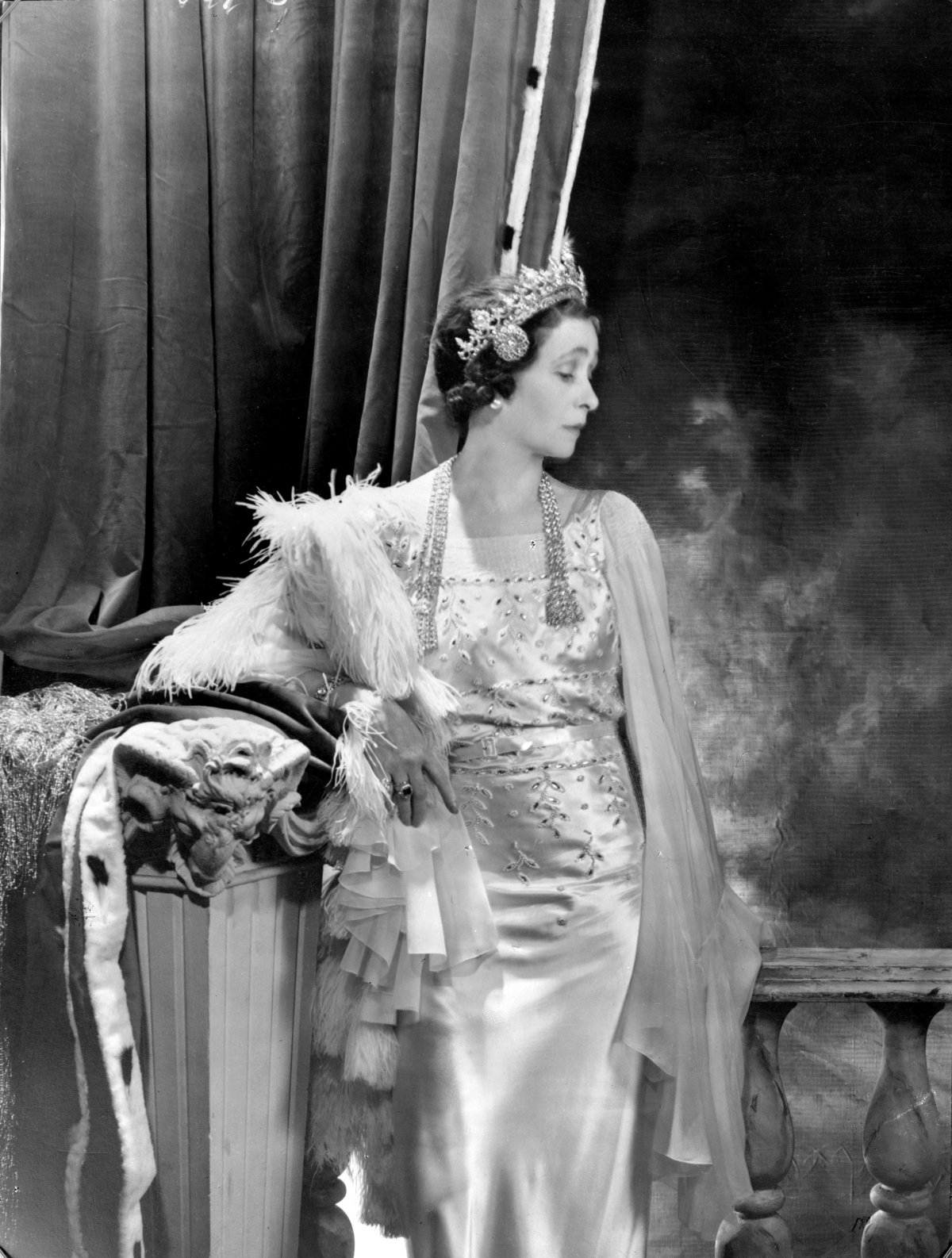
When Henry Cyril died in Monte Carlo in 1905, the Anglesey marquessate was inherited by his first cousin, Charles Paget. We know that the necklace was in the possession of the 6th marquess, because he gave it to his bride, Lady Marjorie Manners, daughter of the 8th Duke of Rutland, as a wedding present in 1912. Newspaper articles at the time reported on the wedding gifts, including a “large case” that contained the gifts from the groom to the bride, including “family heirlooms, consisting of a necklace and tiara of diamonds and a superb collarette of diamonds, with long tasseled ends.” That “superb collarette” is the necklace now being sold at Sotheby’s.
At the time of the coronation of King George VI and Queen Elizabeth in 1937, Marjorie posed for a glamorous portrait photograph, taken by Cecil Beaton, that shows her wearing those family heirloom diamond jewels. Note the tiara, which is worn with a supplemental sparkling headband piece, as well as the diamond necklace, which is draped casually around the neck of the marchioness.
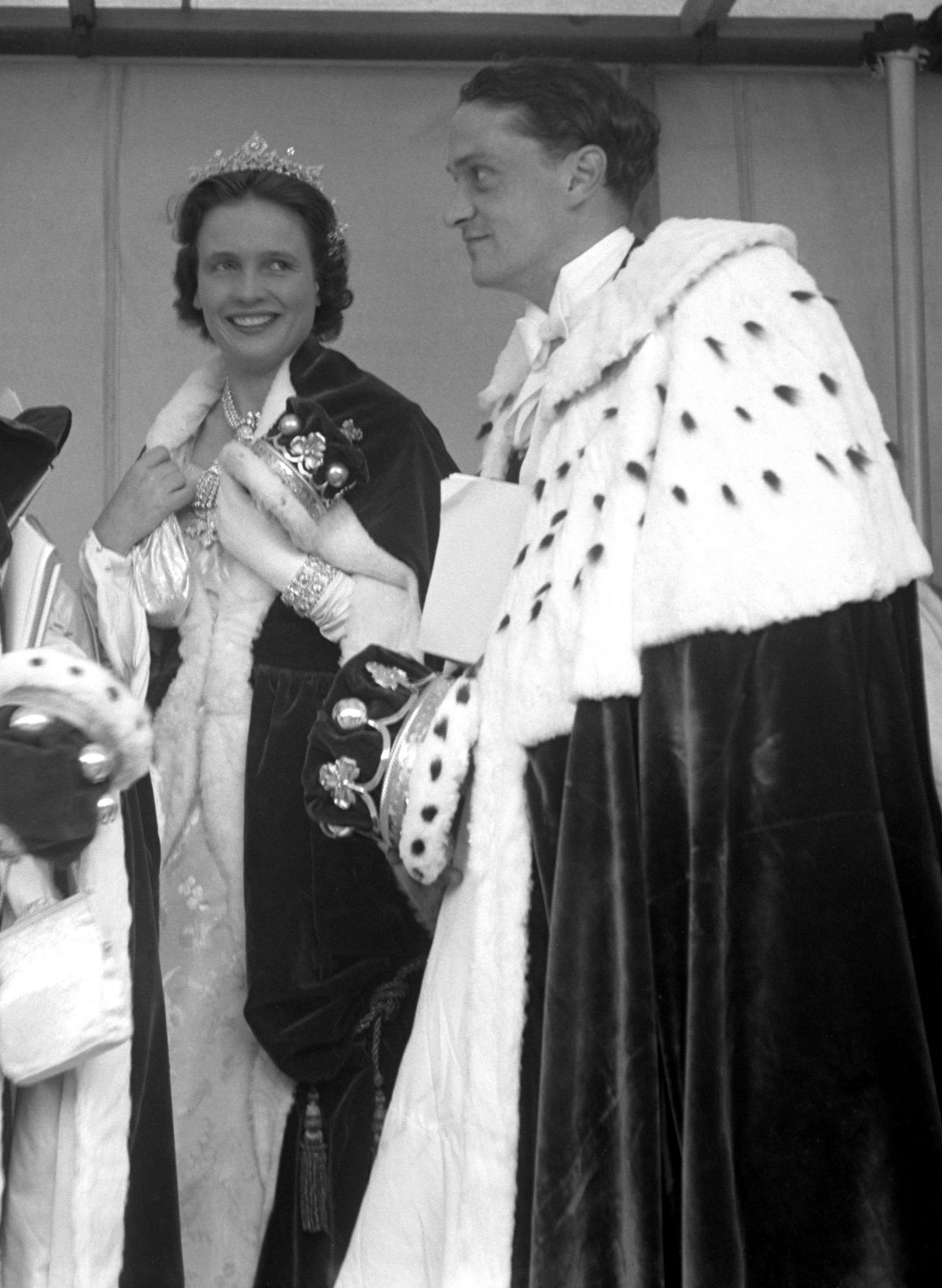
When Charles Paget passed away in 1947, the title was inherited by his son, George, who became the 7th marquess. A year later, he married Shirley Vaughan, who became the new Marchioness of Anglesey. Shirley wore the family diamond tiara and tassel necklace at the coronation of Queen Elizabeth II in 1953. In the photograph above, taken on Coronation Day, you’ll spot the tassel of the necklace peeking out between Shirley’s hands.
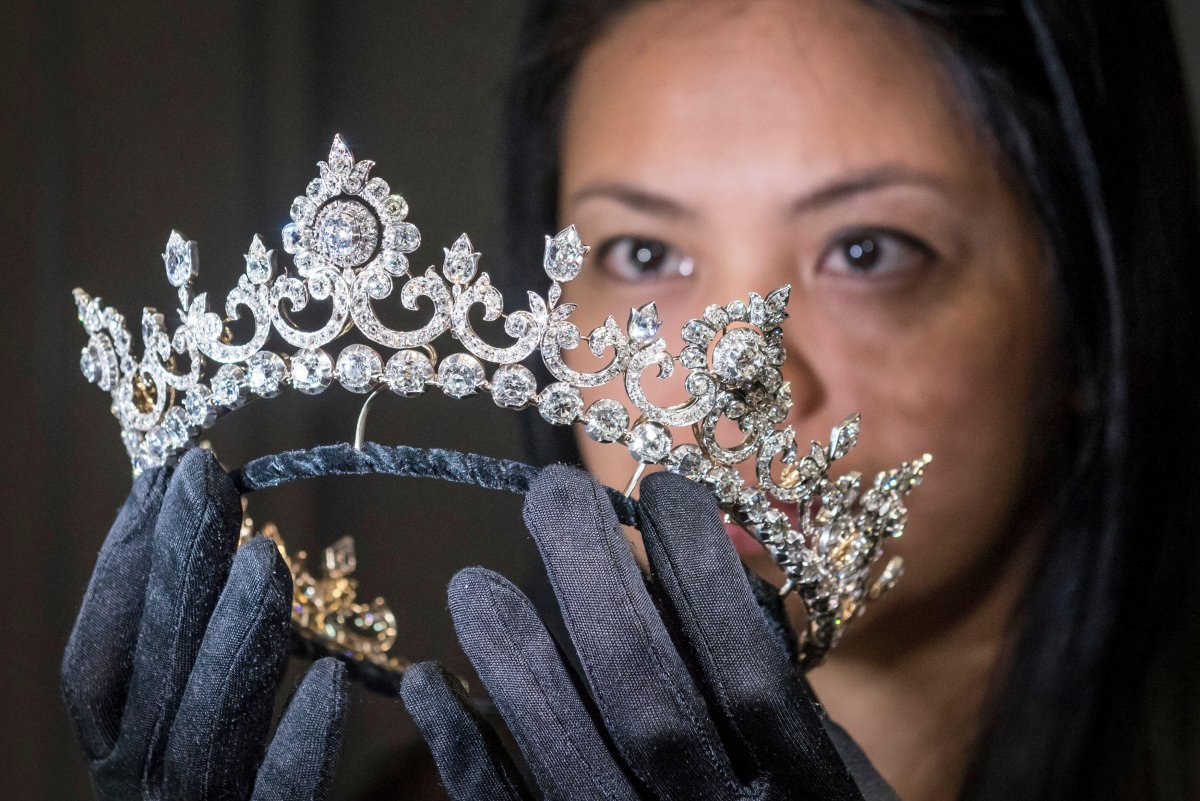
The present Marquess of Anglesey is Charles Alexander Vaughan Paget, George and Shirley’s son. He inherited the title after the death of his father in 2013, and his mother passed away four years later in 2017. In recent years, the Pagets have made the decision to part with some of the grand family diamonds. The diamond tiara, pictured above, was offered for sale at the European Fine Art Fair in Maastricht in 2020.
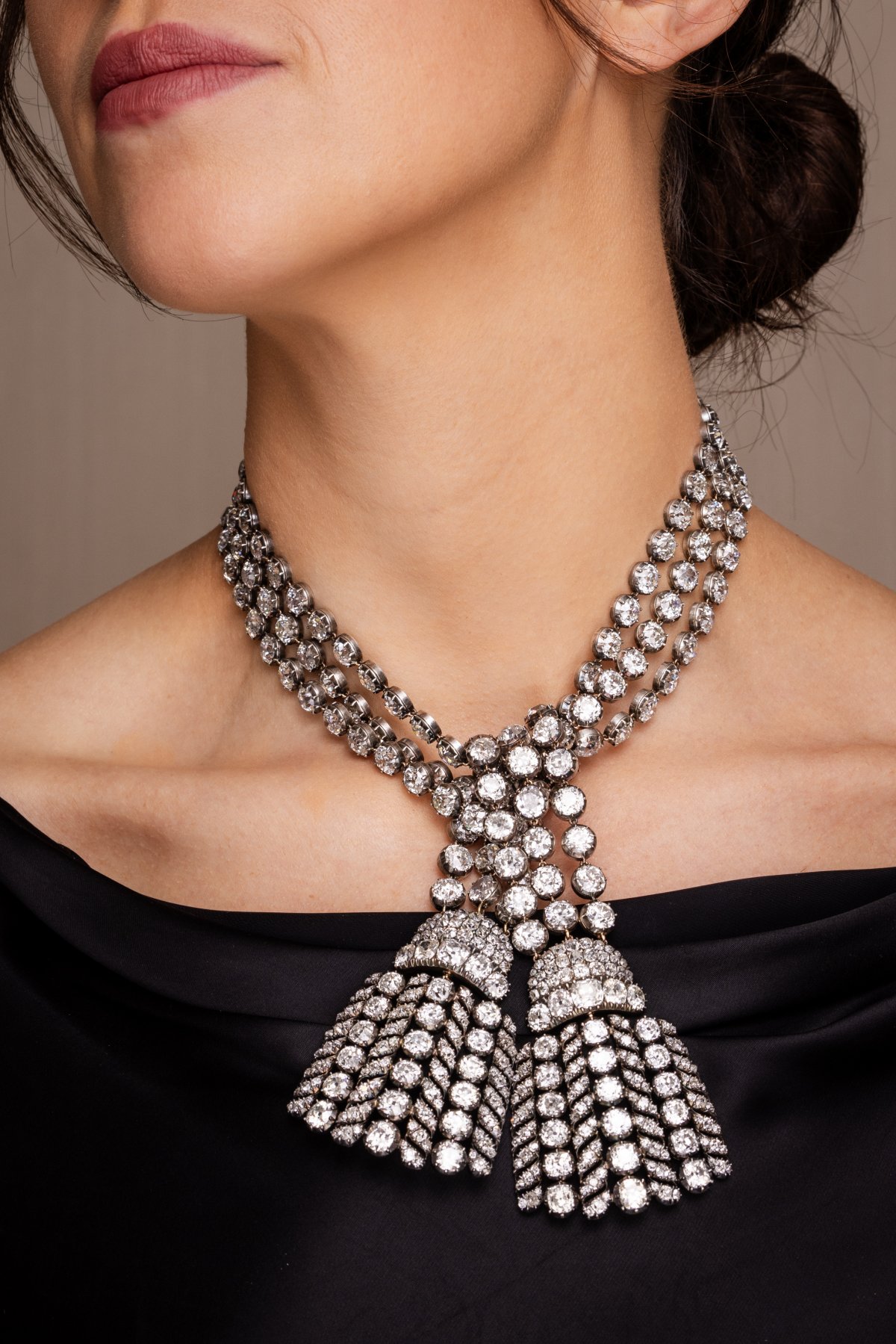
Now, the necklace is also being offered for sale. It actually left the Paget family collection more than half a century ago. They parted with the necklace in the 1960s, and today, it’s owned by a private collector in Asia. Sotheby’s will be exhibiting the necklace in showrooms around the globe ahead of the sale. The London showing ends today, and from there the necklace will be jetting off to Hong Kong, New York, Singapore, Taipei, and Dubai, ahead of the auction in Geneva on November 11.
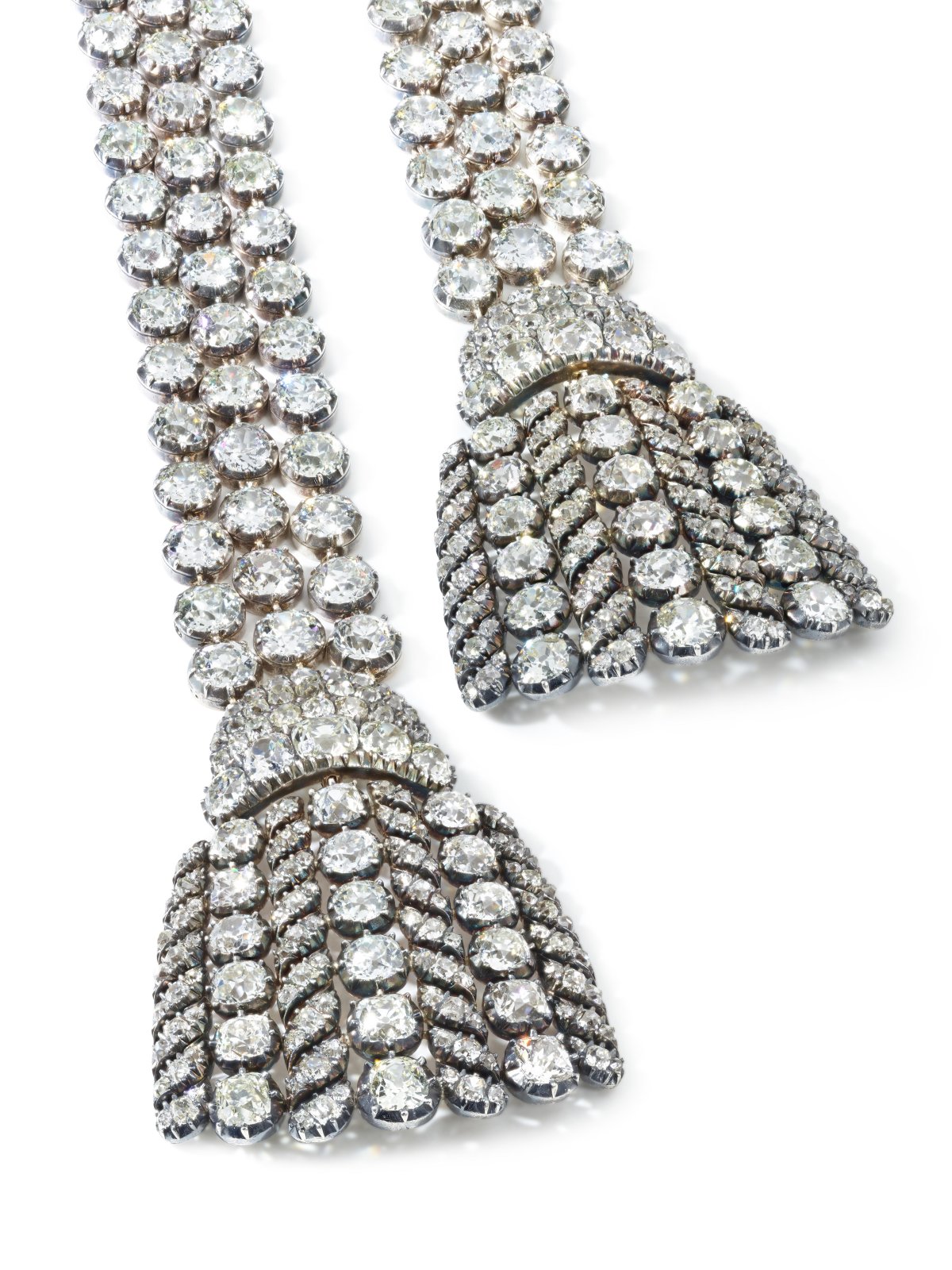
Andres White Correal, the Chairman of Jewellery Europe and Middle East and Head of Noble Jewels for Sotheby’s is enthusiastic about the jewel’s exceptionalism and its subsequent ability to bring in big bucks at auction: “This rare and important diamond jewel is a sublime survivor from the opulent court life of the Georgian era, defined by its unrivalled pomp and splendour; it is arguably one of the most magnificent and intact Georgian jewels in private hands. When compared to other surviving Imperial and Royal jewels from the same period, this necklace stands head and shoulders above these examples; it is a fortune in diamonds, and also a masterclass in exquisite design, workmanship and technical innovation for the period. The jewel is as relevant, alluring, and appealing today as when it was made over two centuries ago. It is the ne plus ultra of 18th century jewellery design.”
Accordingly, Sotheby’s has set a sky-high auction estimate for the necklace, expecting between 1,600,000-2,400,000 Swiss francs (or $1,800,000-2,800,000 USD) when the hammer falls in November. We’ll be tracking developments on this piece in the coming weeks.
Leave a Reply
You must be logged in to post a comment.